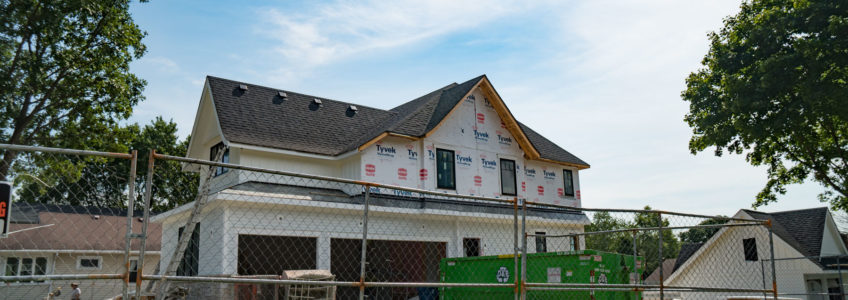
You probably will never forget that first bathroom remodel you landed, or the addition that turned the corner for your fledgling business. These experiences are often permanent memories we carry with us as we journey as business owners. But few choose to stay in the small one-to-two-week job category for too long. The pace for that type of work is fast, and if you’re a small contractor, you’re likely wearing several hats, from marketing and sales, to bidding, to GC for the job sites, and if you’re turning over projects 2-3 times per month, you’re running. At that point you have two options: build the organizational infrastructure or grow into larger projects.
Building The Sales Engine
There is a lot to be said for the sense of accomplishment when you close out a smaller project. You get in, get it done, get paid. The headaches are usually limited, and the opportunity to work with a wide audience is great, given the typical project price point. But, to keep business rolling you need a constant flow of leads which means a sales and marketing plan. Whether you’re building your business on referrals or doing digital or print advertising, your name needs to be out in front of as many prospects as possible. Consider building a referral program for existing customers, incentivizing them with either gift cards or related houseware product, for example, where permitted by law.
Grow Into Larger Projects
In a competitive market and open bidding environment, expect the prospective client to have a table covered with proposals. They won’t simply be looking at price, but quality of workmanship, customer satisfaction, timeline, and warranty. Outside of a beautiful presentation, include references and a brief scope of project in your proposal to help your proposal stand out and be more attractive. Include references for projects of similar scope; a bathroom remodel and new home construction are not in the same ballpark, so relevancy is key. As you secure larger jobs, some keys to successful continued growth include:
- Minimize errors and omissions
Nothing kills your profit and sours a business relationship like a mistake. Avoid errors and omissions by being thorough and detailed in your bidding, and have a clause for the unknowns. - Think creatively about options
Some clients will want choices both for cost and feature comparison. This might include different style/grade windows, flooring, or room or kitchen configuration for built-ins. - What additional value you bring
Are there areas that you can combine subcontractors scheduling-wise to reduce the project timeline? If it’s a home flip, do you have a network of prospective buyers or rental property investors you can introduce?
At the end of the day, workmanship and value rules all, so be sure your bidding process emphasizes the strengths you have which will add value to the project for the client. As you prepare for your next project, we can install rental fence, silt fence, and orange tree protection to help protect your job site and the surrounding properties.






